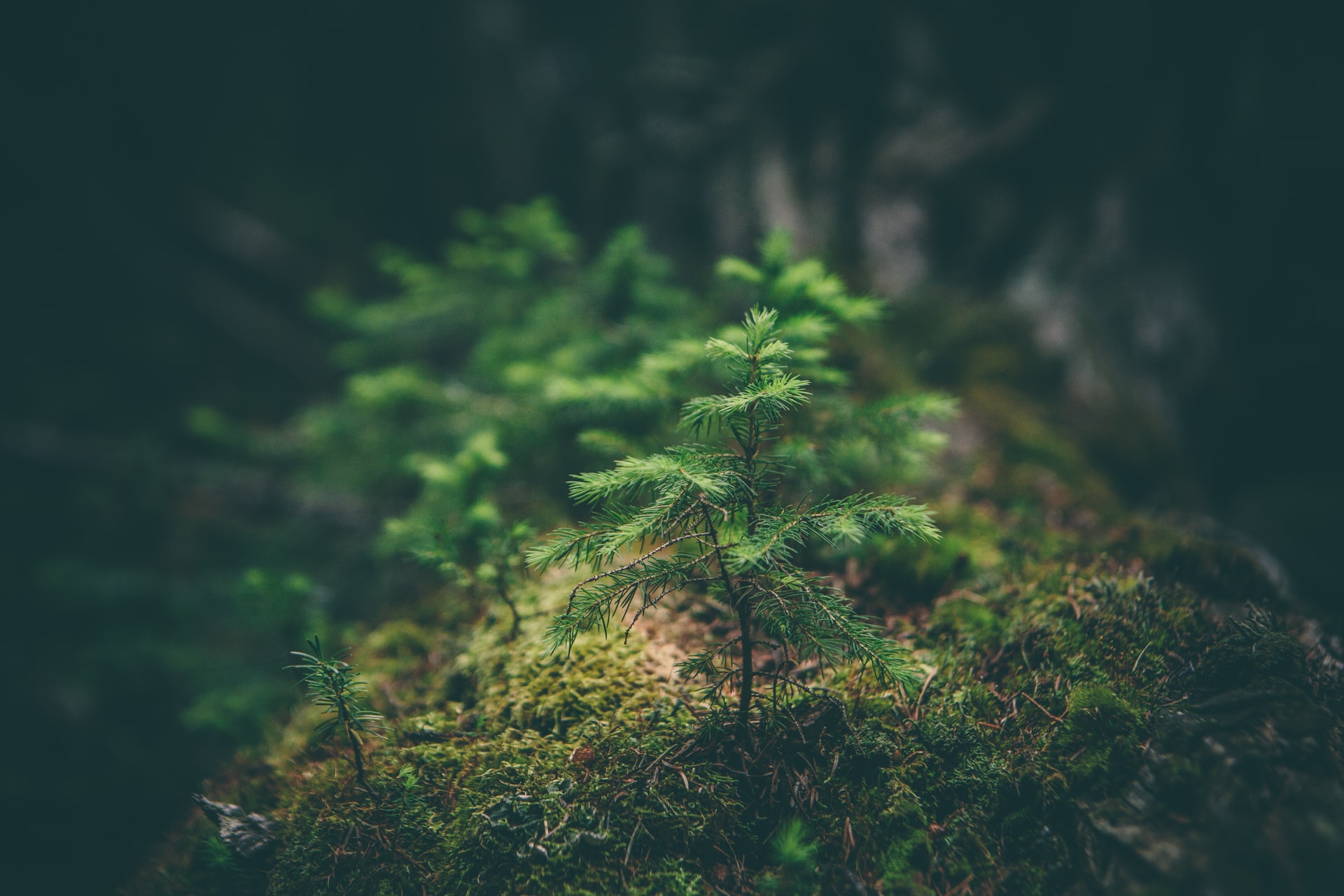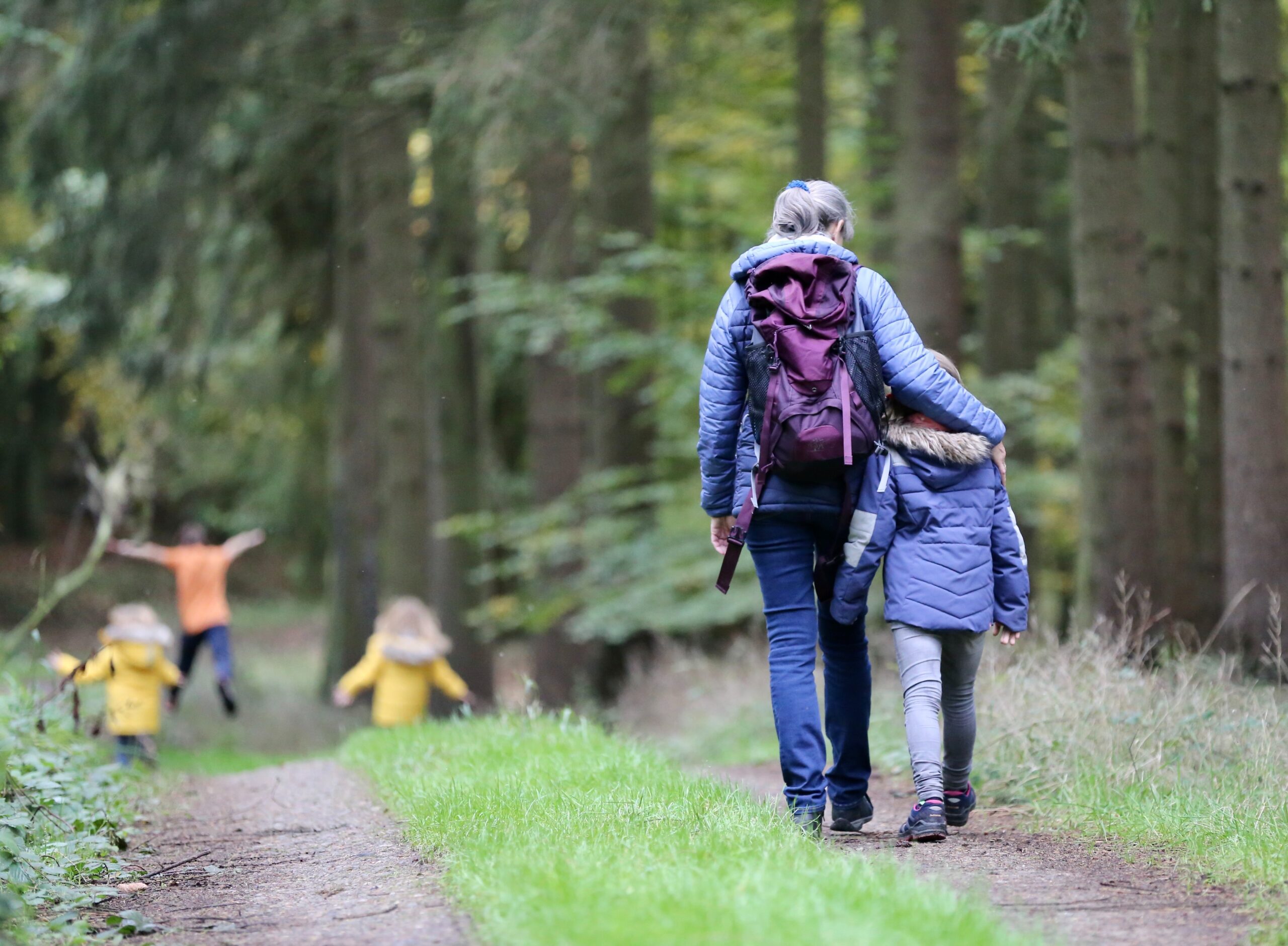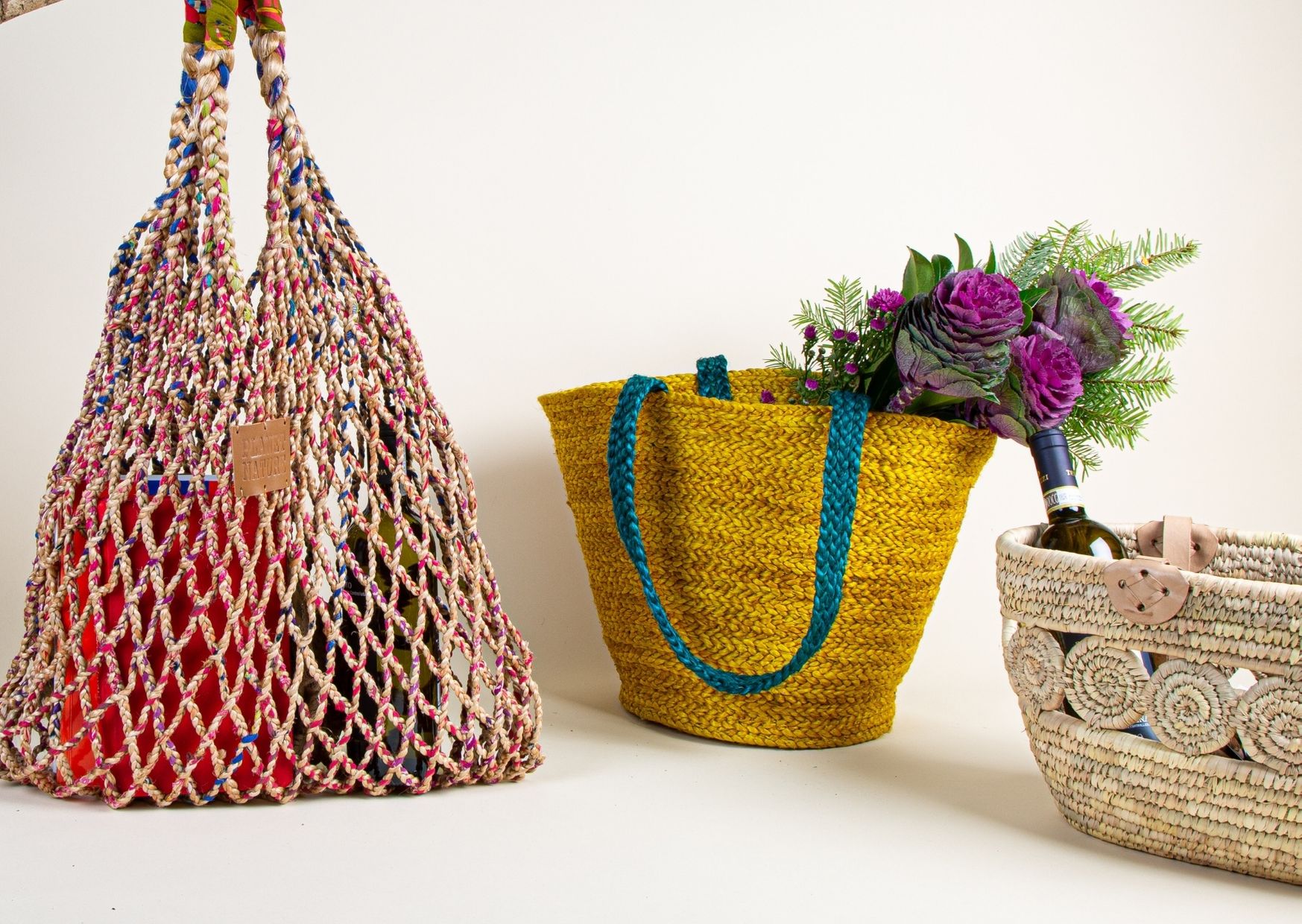
- The UK generates 22.1 million tonnes of household waste, which equates to 0.392 tonnes per person.
- 188,000 tonnes of metal packaging waste is not recycled each year in the UK.
- 10,000 turtles will die by 2031 due to plastic pollution in the ocean if we don’t recycle more.
- Humans eat the equivalent of 1 credit card a week in microplastics which will equal 468 credit cards by 2030
Climate change is one of the biggest environmental issues that we’re facing in the 21st century. One major way we can help reduce our contribution to climate change is by reusing or properly recycling our waste. Packaging retailers RAJA looked into how much waste we create, how much is actually recycled and what impact not recycling has on our environment.
The amount of packaging waste produced vs the amount recycled in the UK in 2020
| Material | Packaging waste arising (thousand tonnes) | Total recovered / recycled (thousand tonnes) | Achieved Recover/ recycling rates (%) |
| Metal | 782 | 594 | 76.00% |
| Of which: Aluminium | 220 | 152 | 69.00% |
| Of which: Steel | 562 | 442 | 78.70% |
| Paper | 5,533 | 3,638 | 65.60% |
| Glass | 2,430 | 1,841 | 75.80% |
| Plastic | 2,480 | 1,174 | 47.40% |
| Wood | 1,360 | 600 | 44.10% |
In a time when shopping online was the main way to purchase products, how much packaging waste was recycled across 2020?
- 188,000 tonnes of metal waste aren’t being reused or recycled.
- There are over 1,306 tonnes of plastic waste that are still not recycled. They end up in landfill or contribute to the 703,000 tonnes of plastic that the UK dumps into the ocean.
- Nearly 2000 tonnes of cardboard get left out of the recycling process, contributing to the national cardboard shortage.
- 55.9% of packaging wood waste isn’t recycled or repurposed in the UK.
The amount of other material waste produced vs the amount recycled in the UK
| Material | Waste produced tonnes | Materials recycled/recovered tonnes | Achieved recover/recycling rates |
| Textile (clothing) | 206.456 | 1.445 | 0.70% |
| Carpet | 130,000 | 2,600 | 2% |
| Batteries | 40,000 | 18,000 | 45% |
Cardboard, plastic and aluminium are what comes to mind when you think of recycling but there are so many other materials that can be reused and recycled. Below are surprising items that can be reused or recycled.
- Only 0.7% of the textile waste that Britain throws away is recycled or reused instead of going to the landfill. Recycle Now, a part of the WRAP charity states, “Clothes and textiles that aren’t suitable to be passed onto someone else can be recycled and made into new items, such as padding for chairs and car seats, cleaning cloths and industrial blankets.”
- Of the 130,000 tonnes that Carpet Recycling UK (CRUK) processes on an annual basis, only 2% is actually recycled. 42% of the rest of the carpet collected was incinerated.
- 22,000 batteries end up in landfills a year instead of being recycled in the UK.
The damage waste has on the world
Not recycling or reusing items can mean that thousands of tonnes of CO2 emissions are unnecessarily added to the atmosphere. It’s estimated that, if done right, the UK could recycle 3.5 times as much plastic in 2030 as it did in 2019. Below are just a few of the consequences of not properly reusing or recycling items.
Impact on all species
Excess waste that isn’t being reused or recycled must go somewhere. Unfortunately, landfills and incineration aren’t the only places where waste is ending up. It can make its way to the ocean or other habitats, seriously endangering the creatures that live there. It’s estimated that 267 species worldwide are being affected by plastic pollution alone and 700 species are at risk of becoming extinct as a result.
- It’s thought that 1,000 sea turtles die annually after becoming caught up in plastic pollution, however, Professor Brendan Godly from the University of Exeter states that this number is a gross underestimate.
- Plastic debris kills over a million sea birds every year.
- In Southeast Asia, great apes are the most endangered due to the deforestation of 75% of their natural habitat.
- North Americans are 50% less likely to see a bumblebee in any given area since 1974 due to climate change.
Impact on the environment
One of the major consequences of climate change is the extreme weather conditions that will change natural environments. This can include droughts, flooding, landslides and soil degradation.
- Southern and south-east Europe is expected to face increased issues in water scarcity as a result of climate change. This will have a massive impact on agriculture.
- Global sea levels will rise by 8 inches by 2100 as a result of global warming.
- Soil moisture has decreased since the 1950s, which leads to smaller yields and dramatically decreasing food production.
- Annual mean temperature globally is expected to increase by 2–5°C and increase the frequency and intensity of heat waves in the UK by 2100.
Impact on human life
It’s not just the animals and their habitat that are feeling the pressure of our pollution, it also has a direct impact on human life.
- 6,000 people in the UK who have never smoked die of lung cancer due to air pollution.
- The average person eats the equivalent of 5 grams of microplastic (the weight of a credit card) each week.
- Heat-related mortality is projected to increase in the UK by 167% by the 2050s.
It is clear to see that our waste and how we dispose of it can cause lasting damage to the environment and its inhabitants, if not done properly. RAJA UK teamed up with Roy Tyson to highlight how many household items are surprisingly sustainable to give you inspiration on what you can reuse and recycle. Learning how to repurpose or recycle items like clothes and batteries can also significantly reduce our contributions to climate change.



